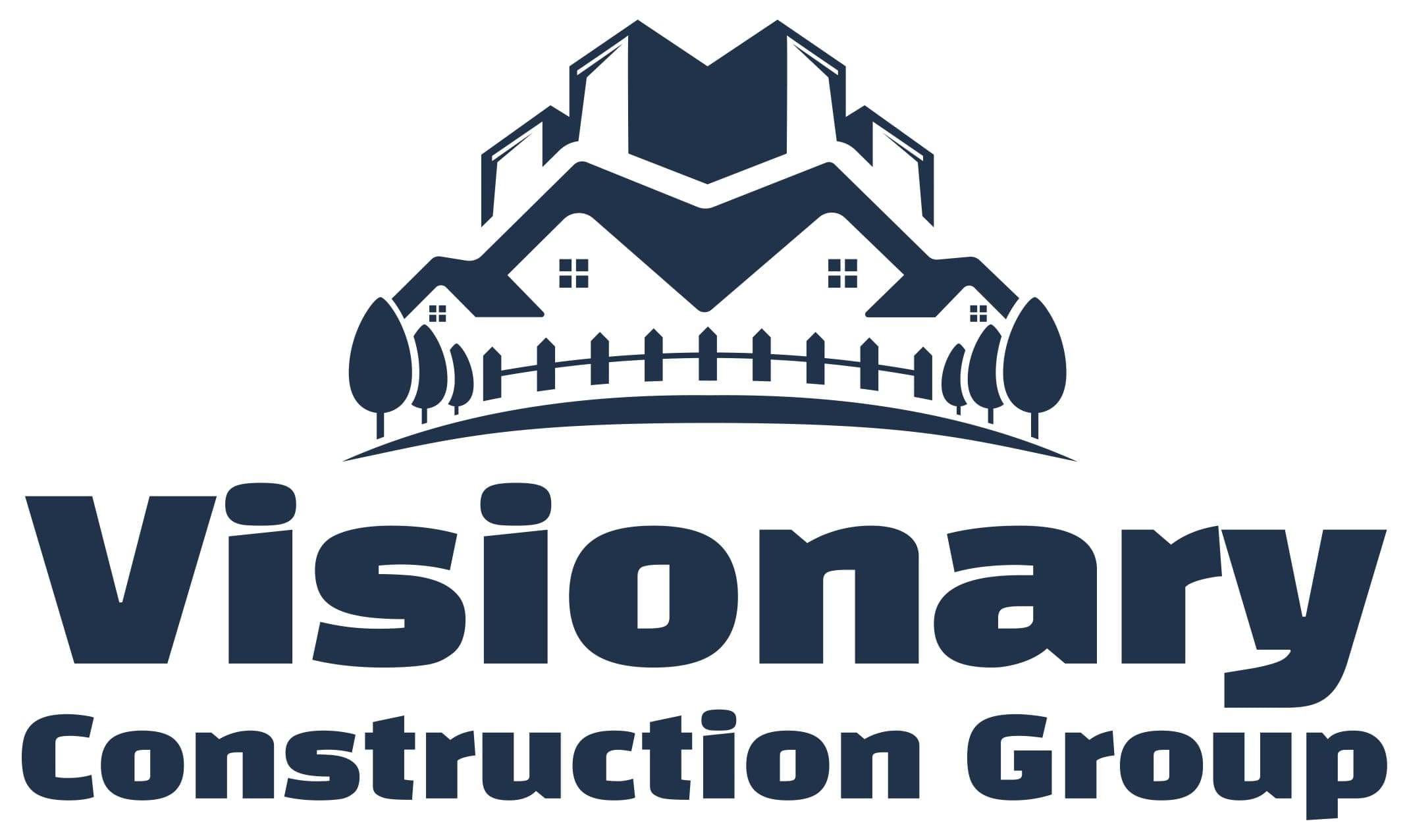In today’s fast-paced world, dining out is not just about eating but also about the experience. Whether it’s a cozy dinner with loved ones or a solo retreat with a good book, the atmosphere of a restaurant plays a significant role in how customers feel. As a restaurant owner, creating a space that encourages relaxation is vital to enhancing your guests’ overall dining experience. This article will explore how thoughtful design and strategic remodeling can transform your restaurant into a haven of calm and comfort.
Understanding the Importance of Atmosphere
The Role of Relaxation in Dining Experiences
When customers step into your restaurant, they’re looking for more than just a meal; they want an experience. A relaxing atmosphere can turn an ordinary dining outing into a memorable one. Relaxation allows guests to fully enjoy their food, engage in conversation, and feel a sense of escape from their daily routines.
How Atmosphere Influences Customer Perception
The atmosphere of your restaurant directly influences how customers perceive your brand. A well-designed, relaxing space can make your restaurant stand out, encouraging repeat visits and word-of-mouth recommendations. On the other hand, a chaotic or uncomfortable environment can detract from even the best food and service.
Critical Elements of a Relaxing Dining Space
Lighting: Setting the Mood
Lighting is one of the most crucial aspects of creating a relaxing dining environment. The proper lighting can make your space feel warm, inviting, and intimate.
Natural Light vs. Artificial Light
Whenever possible, maximize the use of natural light. Large windows, skylights, or glass doors can flood your dining area with sunlight, creating a bright and airy atmosphere. For evening settings, artificial lighting should be soft and warm. Avoid harsh overhead lights; instead, opt for dimmable fixtures that can be adjusted throughout the day.
Adjustable Lighting for Different Times of Day
Your lighting should be adaptable to maintain a relaxing atmosphere. Bright lighting may be necessary during lunch, but dinner service often benefits from a softer, more intimate glow. Installing dimmable lights allows you to easily transition your space from day to night, enhancing the dining experience for your guests.
Acoustics: Controlling Noise Levels
Noise control is often overlooked in restaurant design, but it’s essential for creating a relaxing environment. No one wants to shout over their meal or be distracted by kitchen clatter.
Soundproofing Techniques
Incorporating soundproofing materials like acoustic panels, curtains, or even upholstered furniture can significantly reduce noise levels. These elements absorb sound, preventing it from bouncing around the room and creating an echo. The result is a quieter, more peaceful dining environment.
Background Music: Setting the Tone
When done right, background music can enhance the atmosphere. Choose music that complements the mood you want to create—soft jazz for a fine dining experience or upbeat acoustic tunes for a casual restaurant. Keep the volume low enough that guests can converse easily but loud enough to add to the ambiance.
Comfortable Seating: Prioritizing Guest Comfort
Seating is where your guests will spend most of their time, so it must be comfortable and functional.
Ergonomics and Material Choices
Ergonomic seating ensures that your guests are comfortable throughout their meal. Chairs should support good posture while offering enough cushioning to keep diners at ease. When choosing materials, consider durable and inviting options—think plush upholstery for a cozy feel or smooth wood finishes for a more minimalist approach.
Flexible Seating Arrangements
Not all dining parties are the same size, so your seating should be flexible. Offering a mix of booth seating, tables for two, and larger communal tables allows you to accommodate various group sizes without compromising comfort or relaxation.
Design Strategies for a Calm Environment
Color Schemes: Choosing Soothing Tones
Color is a powerful tool in setting the tone of your restaurant. The suitable color scheme can evoke calm, warmth, and relaxation.
The Psychology of Color in Restaurants
Different colors can evoke different emotions. Soft blues and greens are known for their calming effects, while warm tones like beige and soft gray can make a space feel more welcoming. They are choosing colors that align with the type of experience you want to offer—whether it’s a tranquil, delicate dining setting or a relaxed, casual eatery is essential.
Best Colors for a Relaxing Atmosphere
For a soothing ambiance, consider a palette of neutral tones with subtle pops of color. Shades of cream, taupe, and sage green can create a serene environment that encourages relaxation. Avoid overly bright or harsh colors, which can be jarring and disrupt the calming atmosphere.
Natural Elements: Bringing the Outdoors In
Incorporating natural elements into your design can significantly enhance the feeling of relaxation in your restaurant.
Incorporating Greenery and Water Features
Plants and greenery are excellent for bringing a sense of life and freshness into your space. Whether it’s potted plants, hanging gardens, or a living wall, greenery can make your restaurant more inviting and serene. Like small indoor fountains, water features can also add a soothing auditory element that enhances the relaxing ambiance.
Using Natural Materials for Warmth
Wood, stone, and other natural materials can add warmth and texture to your restaurant’s interior. Consider wooden tables, stone accents, or bamboo décor to create a connection with nature. These materials look great and contribute to a calm, grounded atmosphere.
Layout and Flow: Ensuring a Smooth Experience
A well-thought-out layout is essential for both functionality and relaxation. The arrangement of your restaurant can either enhance or hinder the dining experience.
Open vs. Private Dining Spaces
Depending on your restaurant’s concept, you can offer a mix of open and private dining areas. Open spaces can create a lively atmosphere, while private booths or alcoves provide more intimate dining experiences. Balancing the two can cater to a broader range of customers, ensuring everyone feels comfortable and relaxed.
Traffic Flow: Guiding Movement and Reducing Stress
The flow of movement in your restaurant should be smooth and intuitive. Clearly defined walkways, well-spaced tables, and easy access to exits, restrooms, and service areas contribute to a stress-free environment. Proper traffic flow reduces bottlenecks and minimizes the chances of guests or staff feeling cramped or rushed.
Incorporating Technology without Disrupting Relaxation
Technology can enhance the dining experience but must be integrated thoughtfully to avoid disrupting the relaxing atmosphere.
Ambient Technology: Enhancing the Experience
Consider incorporating ambient technology like soft lighting controls, music systems, or digital menus that blend seamlessly into the environment. These technologies can enhance the guest experience without drawing attention away from the relaxing atmosphere.
Balancing Tech Integration with the Natural Environment
While technology can be beneficial, balancing tech and natural elements is essential. Over-reliance on gadgets can make a space feel cold or impersonal. Instead, aim for a harmonious blend that complements your restaurant’s organic materials and calming design.
Case Studies: Successful Restaurant Remodels
Case Study 1: A Modern Bistro’s Transformation
This case study explores how a modern bistro revamped its interior to create a more relaxing dining environment. The bistro increased customer satisfaction and return visits by incorporating soft lighting, natural materials, and comfortable seating.
Case Study 2: A Fine Dining Restaurant’s Use of Natural Elements
A fine dining restaurant focused on incorporating natural elements like greenery and water features into its design. This enhanced the ambiance and aligned with the restaurant’s brand as a destination for special occasions and memorable experiences.
Case Study 3: A Casual Eatery’s Emphasis on Comfort and Flow
In this case, a casual eatery remodeled its space to prioritize guest comfort and improve traffic flow. By redesigning the layout and adding ergonomic seating, the eatery created a more inviting atmosphere that encouraged guests to linger longer and enjoy their meals.
Conclusion
Creating a dining space that encourages relaxation involves more than good food and service—it requires thoughtful design and strategic planning. Focusing on lighting, acoustics, seating, color schemes, and natural materials can transform your restaurant into a haven of calm and comfort. Whether you’re considering a complete remodel or just a few updates, these tips will help you create an environment that attracts customers and keeps them coming back.
FAQs
What is the most critical aspect of a relaxing dining space?
The most important aspect of a relaxing dining space is the overall atmosphere, influenced by lighting, acoustics, and seating comfort. A well-balanced combination of these elements can create a calming environment that enhances the dining experience.
How can I make my restaurant feel more spacious?
To make your restaurant feel more spacious, focus on decluttering, optimizing the layout for better flow, and using light colors and mirrors to create the illusion of space. Proper lighting can also enhance the sense of openness.
What colors are best for creating a calm atmosphere in a restaurant?
Soft blues, greens, and neutral tones, such as beige or gray, are ideal for creating a calm atmosphere in a restaurant. These colors evoke serenity and relaxation, making them perfect for dining spaces.






